INSIDE: Protein is the nutrient of the moment. And as toddlers can be challenging to feed, it’s not surprising if you have concerns and questions about protein for toddlers. This blog explores protein, how to get enough, and easy ways to include it in your toddler’s diet.
“MY toddler doesn’t eat protein foods, and I’m worried they’re missing out.”
I hear this worry from parents every week, so if you’re worried about it, you’re certainly not alone.
Protein is the nutrient of the moment! It’s the one parents stress about the most, especially when you have a toddler who loves spaghetti but not bolognese!
But I want to reassure you that while meat, chicken and fish are excellent protein sources, your toddler has many other ways to meet their protein needs. It’s a lot simpler than you think.
As a dietitian with over 20 years of experience, I can say that I have very rarely met a healthy child who wasn’t meeting their protein requirements. And I’ve analysed a lot of diets!
Also, as a mum, I’ve experienced it first-hand. My first son didn’t eat most typical ‘protein-containing’ foods as a toddler or preschooler. He was also allergic to eggs, peanuts, and milk. He’s 17 now, and he’s far taller than I am!
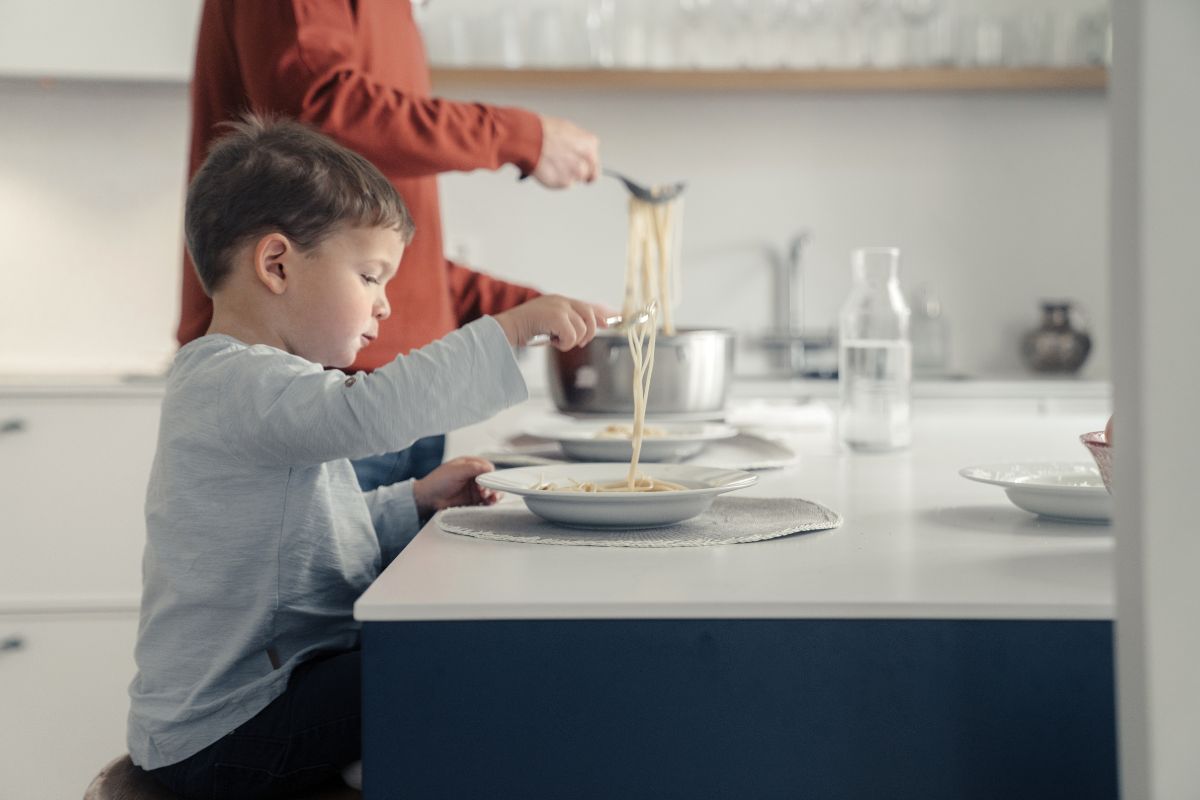
Toddlers often like pasta more than meat. That’s OK!
What is protein?
Protein, carbohydrates, and fats are the three primary nutrients in food.
Proteins are made up of molecules called amino acids. Amino acids comprise carbon, hydrogen, oxygen, nitrogen, and sometimes sulphur. About 20 kinds of amino acids combine into various patterns to make different proteins. Each protein has its sequence of amino acids, which determines its shape and function. Most common proteins contain more than 100 amino acids.
A toddler needs proteins to perform many different functions.
- Growth Support: Proteins play a crucial role in developing and growing tissues, muscles, and organs during the toddler years.
- Immune System Support: Certain proteins, like antibodies, contribute to a healthy immune system, helping toddlers avoid infections and illnesses.
- Enzymes: Proteins function as enzymes, helping to digest food and make new cells.
- Structural Building Blocks: Proteins, including collagen, contribute to the structure of cells.
- Transportation: Some proteins act as carriers, transporting essential substances from one body part to another.
- Energy Source: While not the primary energy source, proteins can be used for energy when needed, especially when inadequate calorie intake from other sources is present.
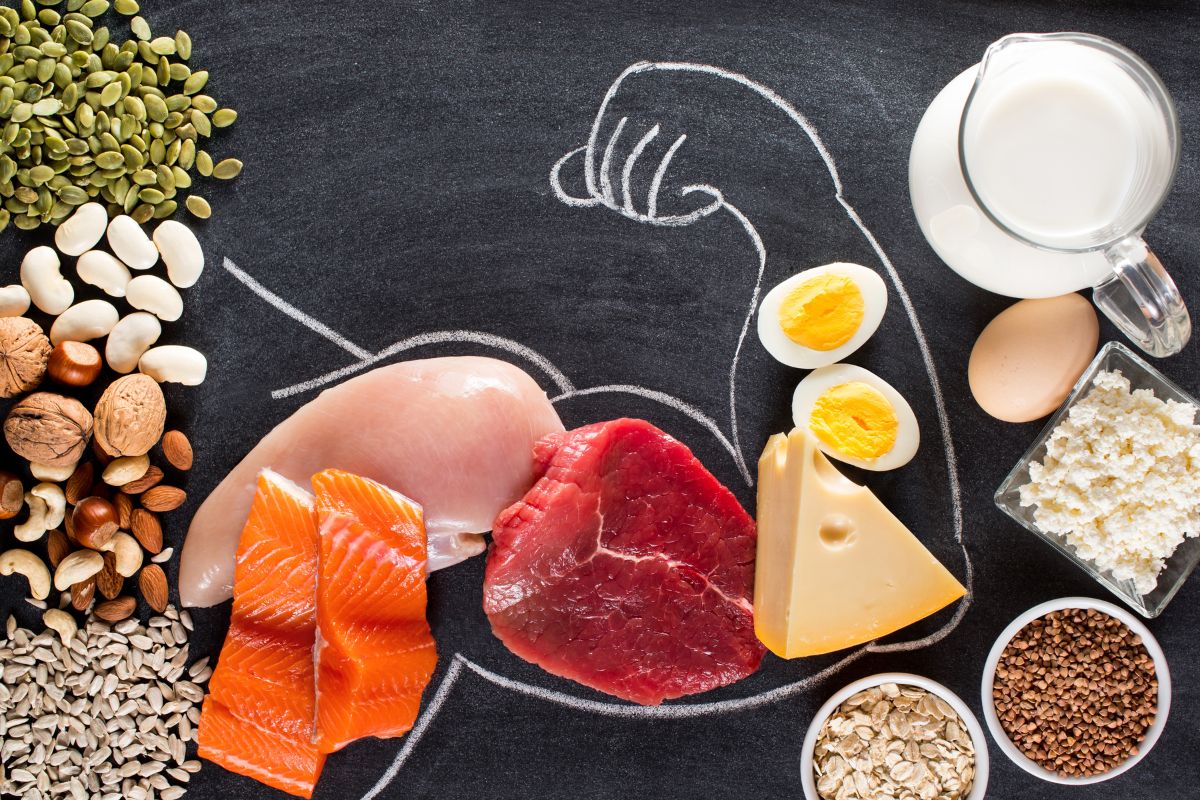
Protein does many jobs in the body-it’s not just about muscles.
Protein for Toddlers- How Much Do They Need?
EFSA has developed dietary reference values (DRVs). For example, they recommend that a 3-year-old consume 0.73-0.9g of protein daily for every kilogram of body weight. In other words, a 14 kg 3-year-old boy should aim to eat 10-13g of protein every day.
Protein requirements are relatively high during periods of growth, such as childhood, pregnancy, and breastfeeding.
| Age | *Average Requirement | **Population Reference Intake |
| 12-17 months | 0.95g/kg bw/day | 1.14g/kg bw/day |
| 18-23 months | 0.85g/kg bw/day | 1.03g/kg bw/day |
| 2 years | 0.79g/kg bw/day | 0.97g/kg bw/day |
| 3 years | 0.73g/kg bw/day | 0.9g/kg bw/day |
| 4 years | 0.69g/kg bw/day | 0.86g/kg bw/day |
| 5 years | 0.69g/kg bw/day | 0.85g/kg bw/day |
*The average requirement (AR) refers to the intake of a nutrient that meets the daily needs of half the people in a typical healthy population.
**The population reference intake (PRI) is the intake of a nutrient likely to meet the needs of almost all healthy people in a population.
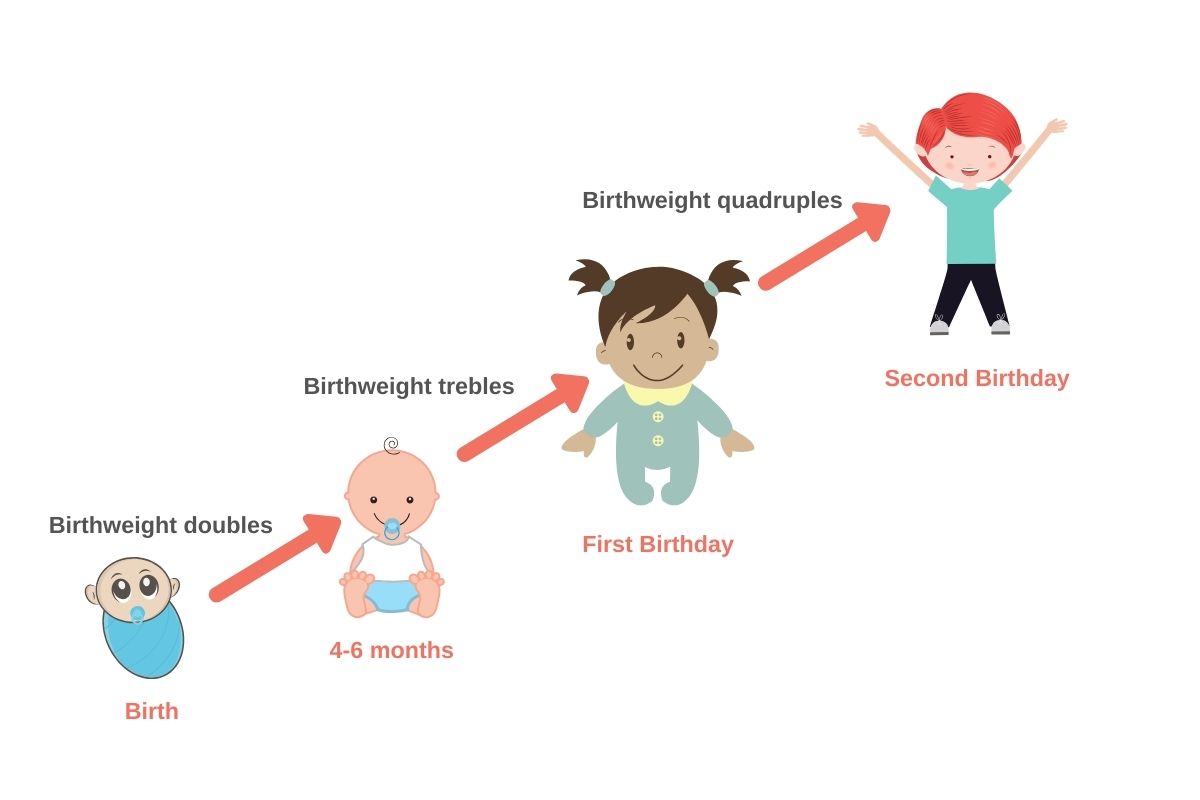
Did you know that the rate of growth slows after two years?
How much protein do Irish Toddlers typically eat?
According to the National Pre-School Nutrition Survey (2012), the primary protein sources in Irish pre-school children’s diets were meat and milk, with a lesser contribution from bread, breakfast cereals and yoghurt.
The contribution of milk/formula to protein intake decreased with age from 30% in 1-year-olds to 16% for 4-year-olds, while that from meat increased from 22% in 1-year-olds to 29% in 4-year-olds.
This survey indicates that protein requirements are easily achieved by 1-3 year-olds and 4–5 year-olds.
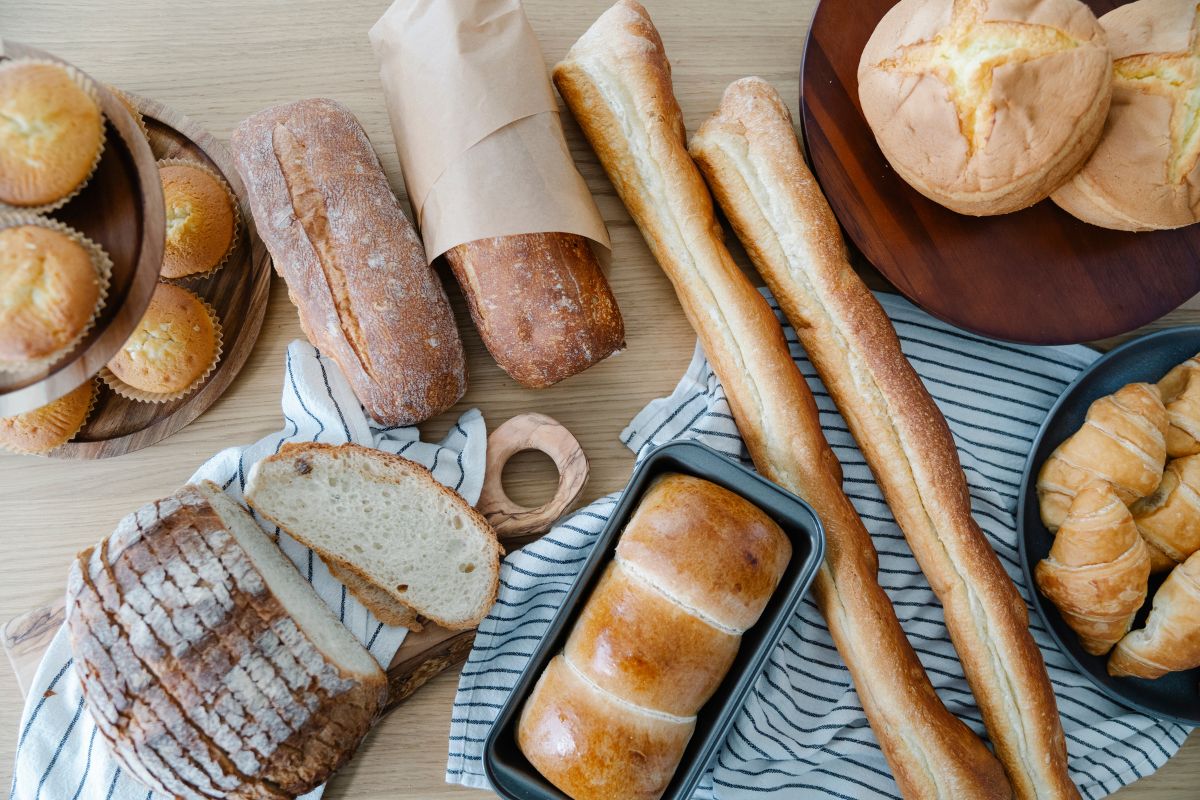
Irish kids get most of their protein from meat, milk, bread, cereals and yoghurt
Real-life examples of children who don’t eat much ‘protein’!
You should NEVER count the number of grams of protein that your child eats a day unless your child is on a specialised diet and your dietitian or consultant has advised you to do this.
These figures are purely to show you how easy it is for even picky eaters toddlers to meet their protein requirements!
Having enough protein is related to energy intake. Eating enough calories increases our chances of getting enough protein.
If your child grows as expected and gets food from most food groups over time, they’ll likely get enough protein.
So, it’s doubtful that a child growing well and having access to enough food generally does NOT meet their protein requirements.

What a 3-year-old might eat in a day
| Food | Protein |
|
Porridge with milk Brioche 4 x Crackers with butter and apple Banana Plain pasta with butter Milk to drink (400mls) TOTAL |
5g 2.7g 2g 0g 8g 14g 31.7g |
Although this 3-year-old didn’t eat any meat, fish, beans or eggs on this day. They ate up to 3 times as much protein as they needed.
Here’s another sample day for a 3-year-old who doesn’t like meat or milk!
| Food | Protein |
|
Wholemeal toast with butter 4 x yoghurt rice cakes 2 x Pancakes with blueberries and yoghurt Oaty Bar and apple Rice and grated cheese Yoghurt TOTAL |
3g 5g 6g 2g 5g 3g 24g |
You can see from these examples that as long as children have access to ‘enough’ food and eating opportunities during the day, it’s pretty easy for them to meet (in this case, eat double) their protein requirements even if they’re not eating meat!
What Protein Can I Give My Toddler, Who Won’t Eat Meat?
Dairy Delights (and SOME plant-based alternatives)
Cows milk or soya yoghurt
Most toddlers love yoghurt. While plain unsweetened yoghurt is excellent, this isn’t acceptable to all toddlers. If they prefer fruit-flavoured yoghurt, that’s a great source of protein, too!
Cheese
Your toddler might be a foodie, love vintage cheddar, or prefer cheese strings and other processed cheeses. All types of cheese contain nutrients such as protein and calcium.
Cows milk or soya milk
Both cow’s milk and soya milk contain similar amounts of protein. Other plant-based milk, such as oat milk and particularly nut/coconut milk, are very low in protein and, therefore, generally not recommended for young children. However, they can be used under the supervision of a dietitian.
There is no need for ‘protein milk’ or Toddler milk. Choose either whole milk for children younger than two and either whole or low-fat milk for children over two years. Both types of milk contain 3.4g protein per 100g.
The HSE recommends that toddlers drink 600mls of protein daily, providing about 20g daily.
Eggs
Your toddler might not like hard-boiled eggs, scrambled eggs, or omelettes, but remember that many foods contain eggs.
- Waffles
- Pancakes (American Fat Pancakes and crepes)
- Eggs added to savoury dishes such as potato cakes
- Scones, soda breads and sweet breads like Brioche.
- Muffins, cakes and buns
READ MORE: How to serve eggs to your baby-the easy how to guide
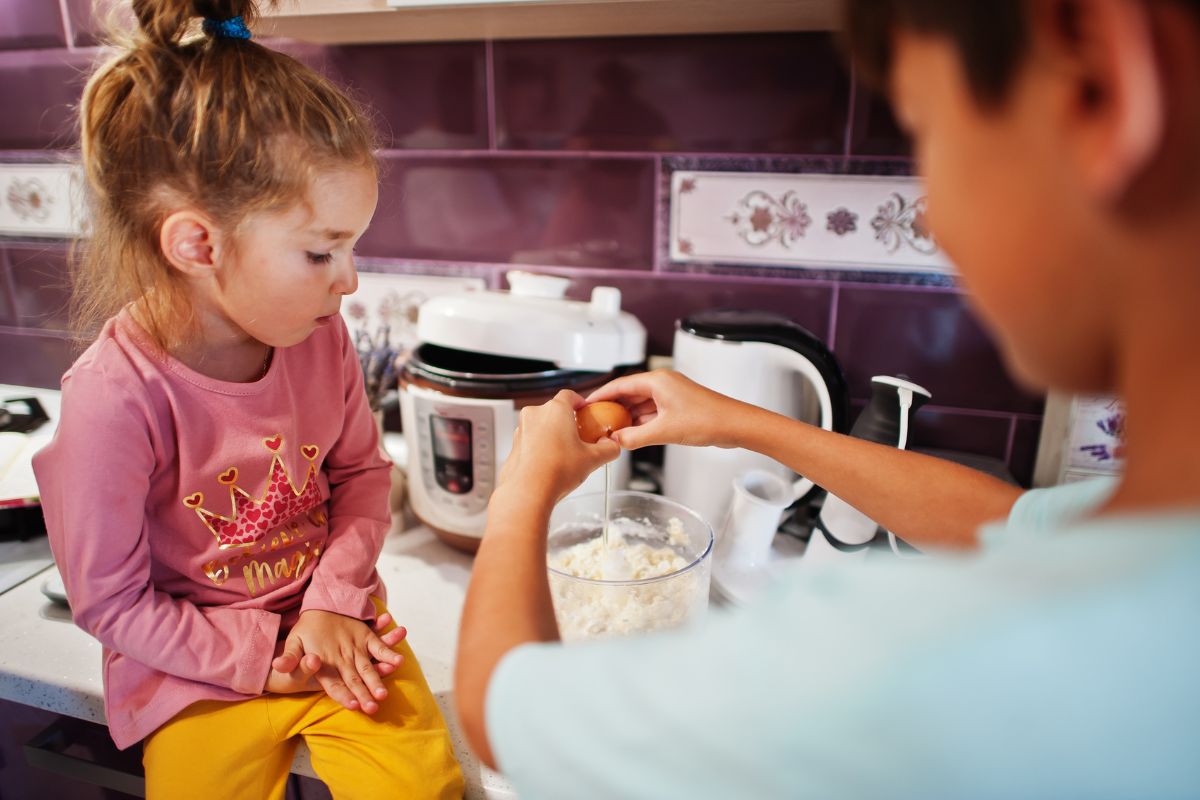
Think outside the ‘egg box’-offer eggs in pancakes, buns and scones.
Nuts and Seeds
Offer either as ground nuts/seeds or nut/seed butter.
It’s easy to add nut butter to the diet:
- On toast, crackers or biscuits
- In baked products like muffins, pancakes, biscuits
- As a topping on yoghurt or porridge
- Added to soups and smoothies
Beans, Peas and Lentils
Serve as simple tinned baked beans on toast for lunch (or a quick dinner!) or on breadsticks. Many recipes are online for adding lentils and beans to pancakes, smoothies, and power balls. If this appeals to you hummus and you have the time and inclination to do it, go for it. But it’s not necessary!
Tofu
Tofu may seem like a strange food to suggest for kids who don’t like meat. You might think they won’t like tofu if they don’t like meat. But don’t rule it out.
Tofu has an easy-to-manage texture and a bland taste and smell, which can appeal to kids. My kids are generally not very adventurous, but three out of four eat tofu when I serve it. They don’t love it; I love it! So, if you also like it, check it out. I’d start with this recipe.
Don’t forget! Other food groups (including ‘carbohydrate’ foods) contain protein too.
It’s not all that hard to meet our protein needs. Most food contains at least a bit of protein, except pure fat like olive oil or pure carbohydrates like sugar, which are just fat and carbohydrates.
| Food | Protein Content |
| 2 Scotch Pancakes (shop-bought) | 3.2g |
| Slice of white sliced pan | 2.8g |
| Bagel | 7g |
| Mashed Potato (2 tablespoons) | 2g |
| Bowl of Cheerios | 3g |
| Chocolate Digestive | 1g |

Three common questions parents ask about protein.
Is it OK for toddlers to eat protein bars?
Protein bars are everywhere right now. I can’t believe there’s a protein Mars bar on the market.
It’s no problem if you’re eating a protein bar and want to share some with your toddler. But your toddler certainly doesn’t need you to buy them specifically for them as, more than likely, they’re meeting their protein requirements.
You do not need to make protein bars, pancakes, smoothies, or balls for them!
Should I be concerned about my picky eater’s protein intake, and what strategies can I use to encourage them to consume more protein-rich foods?”
Ask yourself these questions:
Is my child growing well?
If so, chances are that they’re eating enough calories; if they’re eating enough calories, they’re more than likely also getting enough protein, as calories and protein are linked together.
That doesn’t mean you won’t benefit from support when feeding your child. If feeding and eating are stressful for you and your child, getting help sooner rather than later is better. Why not book a FREE 15-minute consultation with me to discuss the options?
READ MORE: 7 secrets to understanding why your two-year-old isn’t eating well
“Can I rely on plant-based protein sources for my toddler, and how do I ensure they receive a balanced mix of nutrients?”
It’s easy for toddlers to meet protein requirements through a well-planned vegetarian or vegan diet.
Vegan children obtain protein from nuts, seeds, peas, beans and pulses, soya products (including tofu and soya milk alternatives and yoghurt), vegetables, and cereal foods such as bread, rice, pasta and potatoes.
Vegetarian children meet their requirements for protein with all of the above foods, dairy products, and eggs.
However, remember that some products made from meat substitutes, such as sausages or burgers, may be higher in salt. Therefore, they should be eaten in moderation and as part of a healthy and balanced diet.
Plant-based alternatives to milk, yoghurt and cheese are also popular products among people trying to reduce animal product consumption.
However, keep in mind that apart from soy products, cereal- or nut-based dairy alternatives (such as oat, almond and rice milk), as well as vegan cheese, currently do not provide enough protein to be considered a good source of protein.
OK, so I hope you’re reassured that although protein is the ‘on-trend’ nutrient, you can see how easy it is for most toddlers to eat what they need. Even if they’re not tucking into the Bolognese just yet!
Let me know in the comments if you found this blog helpful. Or if you have any other questions about protein.
How to Read Nutrition Labels (Without Losing Your Mind in the Aisle!)
INSIDE: Wondering how to read nutrition labels without getting overwhelmed? This guide breaks down food packaging, explains hidden sugars, fats, and ultra-processed foods, and helps you make confident choices for your family—without spending hours in the...
The Ultimate Easy Guide to Fruits for Toddlers (kid-approved!)
We would all love for our toddlers to embrace fruit as a regular part of their diet as it is so easy to prepare, tends to be in our kitchens anyway, and is an excellent source of hydration, vitamins, and fibre for our little ones. This is your questions answered about fruit for toddlers so you can feel confident implementing fruit into your toddler’s diet.
How to serve eggs to your baby-the easy how to guide
INSIDE: Get answers to questions like how many eggs a baby can eat in a week, when I can introduce my baby to eggs, and how to serve them.It's 5 p.m., and you've forgotten to defrost your carefully batch-cooked meal (again!). You rush to the cupboard. And, phew, you...



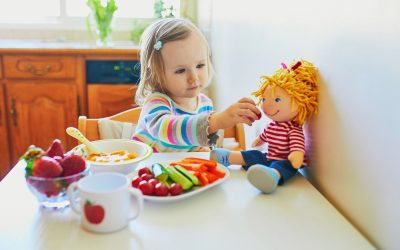
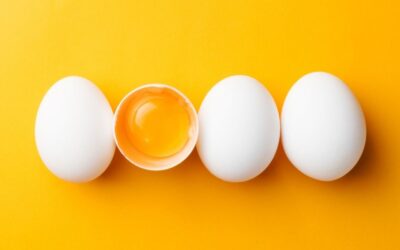

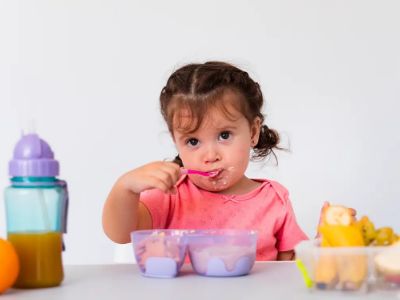
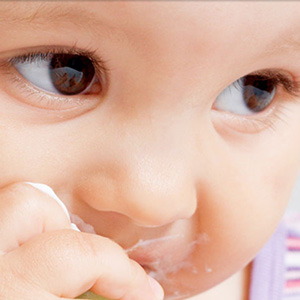


0 Comments